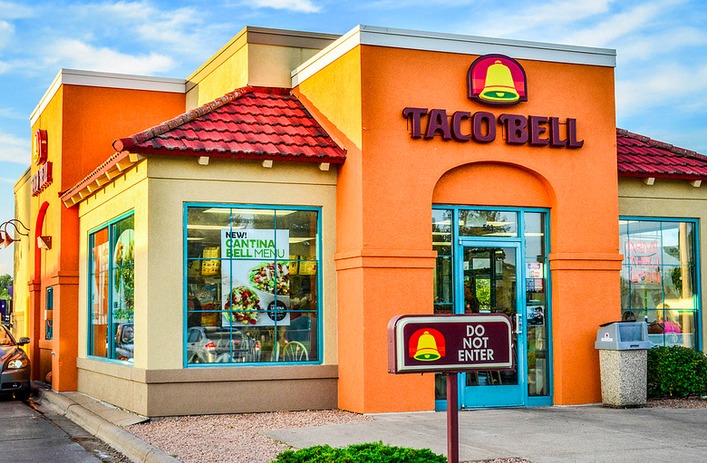On July 18, the nation’s largest public pension plan, the California Public Employees Retirement System (CalPERS), announced that for the 12 months ending June 30, investment earnings were less than 1%.
Although CalPERS utilizes a sophisticated, cutting-edge asset allocation model that includes “forestland” among its asset classes, a simple 60/40 allocation between stocks and bonds would’ve returned about 3.5% during that same period.
But even that portfolio would’ve been inadequate in my opinion. CalPERS requires long-term annual returns of 7.5% to keep pace with the projected retirement and healthcare obligations for its current and future retirees.

New Blood
A newly appointed CEO has promised to make significant management changes to help boost returns, including increasing the allocation in private equity.
Even if CalPERS manages to invest in the next Uber, in my opinion that won’t have a meaningful impact on the significant unfunded liability problem they face.
CalPERS has less than 75 cents for every dollar of funding needed to meet its future benefits obligations. Although California’s funding shortfall is serious, some states, including Illinois and New Jersey, are in even worse shape.
This problem seems intractable to me, as states will either be required to cut benefits or raise taxes to reduce their unfunded liability problem, and neither is politically feasible.
The Gap
Closing the funding gap via superior market returns won’t happen. The stock market recently recorded record highs, and further outsized gains are unlikely.
In addition, the zero-interest-rate policies pursued by central banks may have stimulated the economy in the short term, but have also removed most of the potential return out of bonds.
According to the CalPERS, their targeted fixed income allocation is only 20%. Historically, pensions could invest a significantly greater percentage of their assets in bonds, and still meet their investment goals, with manageable volatility.
However, in their search for returns, pensions (like individual investors) are eschewing bonds in favor of equities.
Returns Search
That has probably driven some of the gains in the stock market, even in the face of recent, troubling international developments, such as this weekend’s failed coup attempt in Turkey.
The world’s central banks have reached the structural limits of how low they can drive interest rates. The booming increase in the sale of safes in Japan is proof that paying the bank to hold your money is an unpopular concept.
In my opinion, the next financial crisis could be precipitated by crude oil falling and remaining below $30, or by escalating military tension in the South China Sea, or a large-scale terrorist attack hitting the electricity grid.
Central banks will largely be unable to limit the damage because they have shot all their metaphorical arrows.
It will be interesting to see what kind of returns CalPERS reports next year, and whether they meet their 7.5% return goal. My guess is no.
Photo Credit: Ken Teegardin via Flickr Creative Commons



